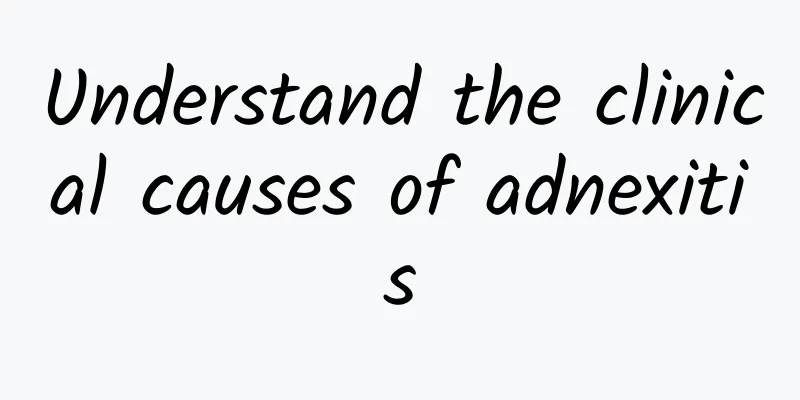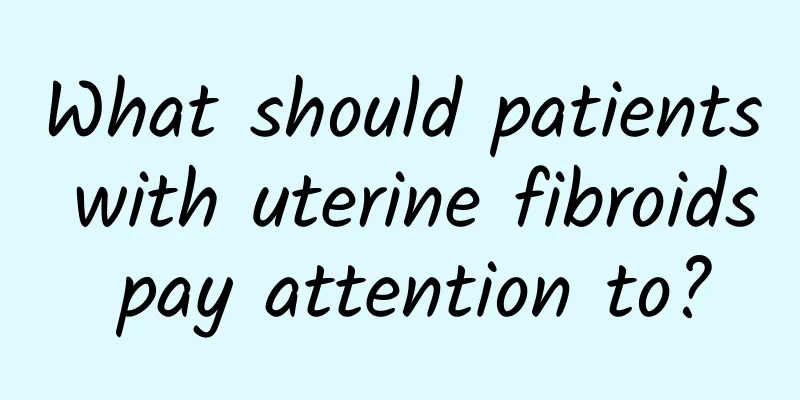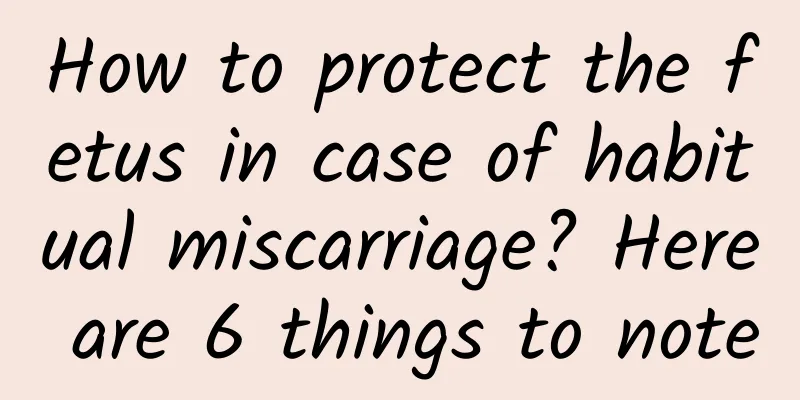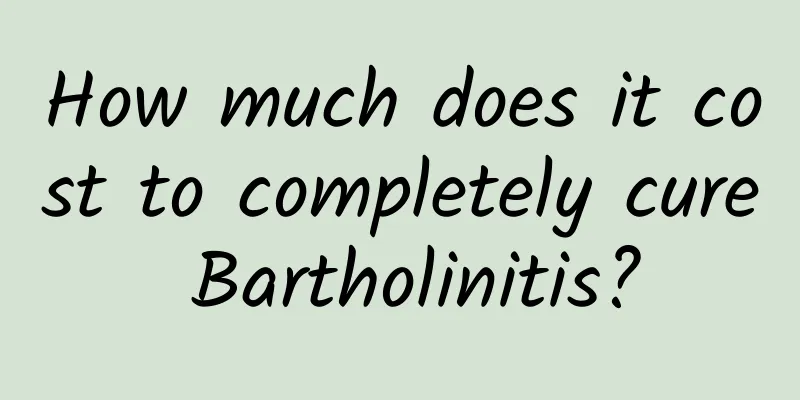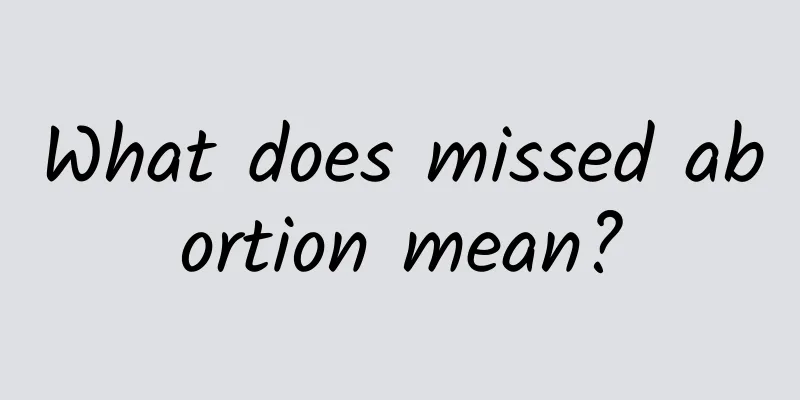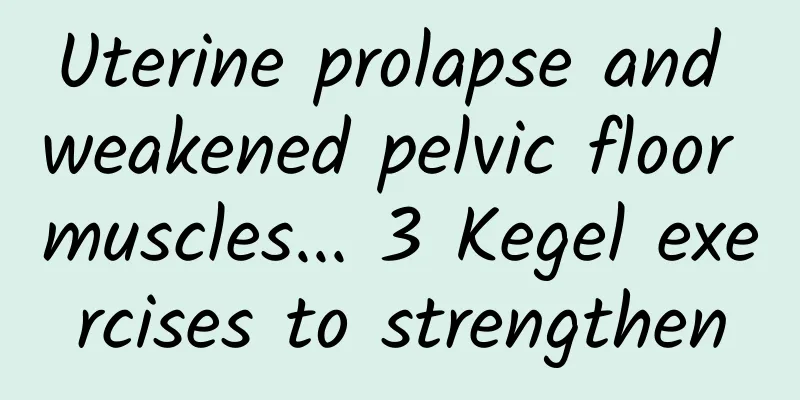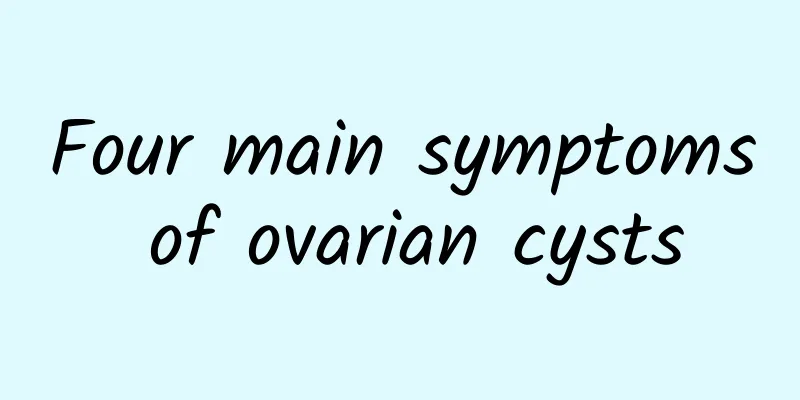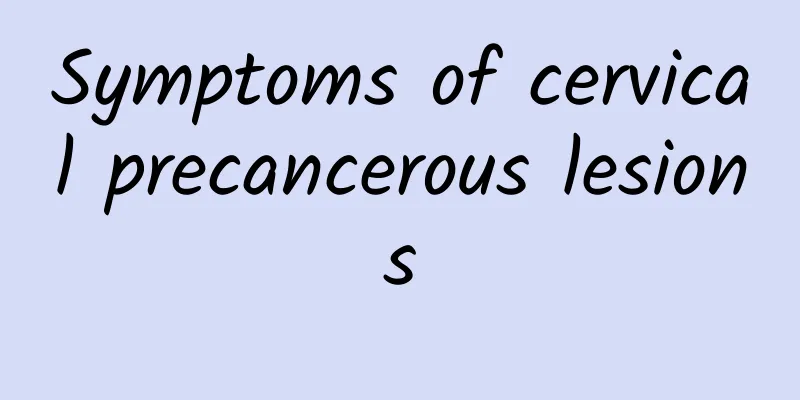Is left ovarian cyst serious?
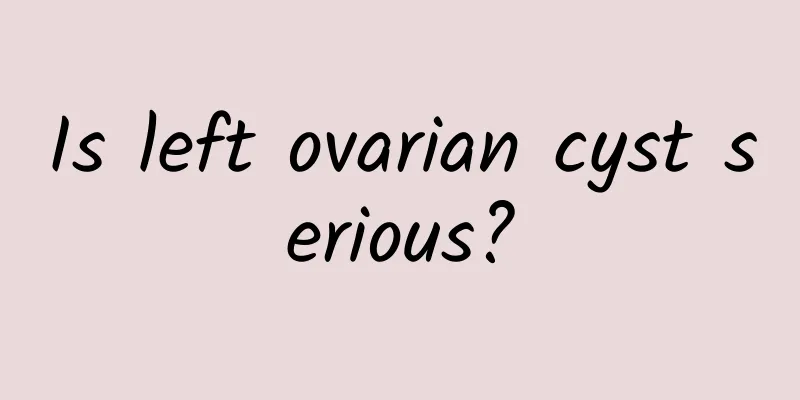
|
Whether the left ovarian cyst is serious depends on its nature and size. Most ovarian cysts are benign and asymptomatic, but if they grow rapidly, are painful or have abnormal symptoms, they may indicate potential risks and should be evaluated by a doctor as soon as possible. The main causes may include functional cysts, pathological cysts and complications, and treatment may include observation, drug treatment or surgical intervention. 1. Common causes and classification Left ovarian cysts are usually divided into functional cysts and pathological cysts. Functional cysts are more common and are caused by abnormal development of follicles or corpus luteum. Most of them disappear on their own within a few months without special treatment. Pathological cysts such as ovarian tumors, cystic tumors or endometriosis cysts require more attention, especially when they increase in size or are accompanied by other symptoms, there may be a risk of malignancy. 2. Common symptoms and risks In most cases, ovarian cysts have no obvious symptoms, but if you suddenly feel severe pain in one side of your lower abdomen, it may be caused by the cyst twisting or rupture, which can easily cause acute abdominal pain or internal bleeding. Other symptoms may include abnormal menstruation, lower abdominal pain or infertility. If the cyst is large, larger than 5 cm, it needs to be taken seriously and checked regularly. 3. Diagnosis and treatment methods The nature of the left ovarian cyst needs to be determined through ultrasound examination or blood test such as CA125 index. There are three treatment methods: 1 Observation: Cysts with a diameter less than 5 cm and asymptomatic or non-pathological can be observed through regular follow-up. 2. Medication: Oral contraceptives can regulate hormone levels and help inhibit further growth of cysts. 3 Surgery: For cysts that are large, potentially malignant, or cause severe symptoms, laparoscopic or open surgery is usually recommended for removal. 4. Daily prevention and health management Regular gynecological examinations can help detect ovarian cysts early. In terms of diet, choose foods rich in dietary fiber and antioxidants, eat less high-fat and high-sugar foods, avoid sedentary lifestyles, and increase moderate exercise to maintain endocrine balance. If you find that your left ovarian cyst is uncomfortable or accompanied by other symptoms, you should seek medical attention as soon as possible and treat the symptoms according to the expert's advice to avoid delaying the disease. Most ovarian cysts can be effectively managed through scientific treatment and regular monitoring. |
<<: Do I need surgery for uterine cysts?
>>: Symptoms of chronic premature ovarian failure
Recommend
American Ginseng, Not Too Hot, Fang Demonstrates Creative Cooking
As summer approaches, many people often go in and...
What can't you eat after cervical erosion surgery?
What can't you eat after surgery for cervical...
Being fat is not a blessing! Increased risk of periodontal disease
Periodontal disease is one of the most common ora...
What are the early symptoms of pelvic peritonitis?
As a common gynecological disease, many female fr...
What are the symptoms of adnexitis?
Among the female internal reproductive organs, th...
Apple has many wonderful uses! Eating well and exercising can help you lose weight
Apple Exercises promotes the subversive concept o...
What kind of inspection should be done for the flow of people?
I believe that for newlyweds, if the economic con...
Get rid of fat, fight aging, and nourish your energy ~ Practice with a martial arts master
As the weather gradually gets warmer, I wear fewe...
What happened to my bloated stomach after abortion?
Most women choose abortion when they have an unex...
Metabolism UP! 8 foods that make you lose weight fast
[Key Points]: The following 8 types of food, as l...
Lower abdominal pain, abnormal vaginal discharge, and odor
Lower abdominal pain accompanied by abnormal vagi...
Is it better to remove all uterine fibroids or to keep the uterus?
Whether it is better to completely remove the ute...
The main signs of ectopic pregnancy are in the abdomen and pelvis
Ectopic pregnancy is a common gynecological acute...
Common questions about endometrial tuberculosis
Endometrial tuberculosis is a disease that is dif...
What are the treatments for primary dysmenorrhea?
Dysmenorrhea is a common disease among women. 75%...
